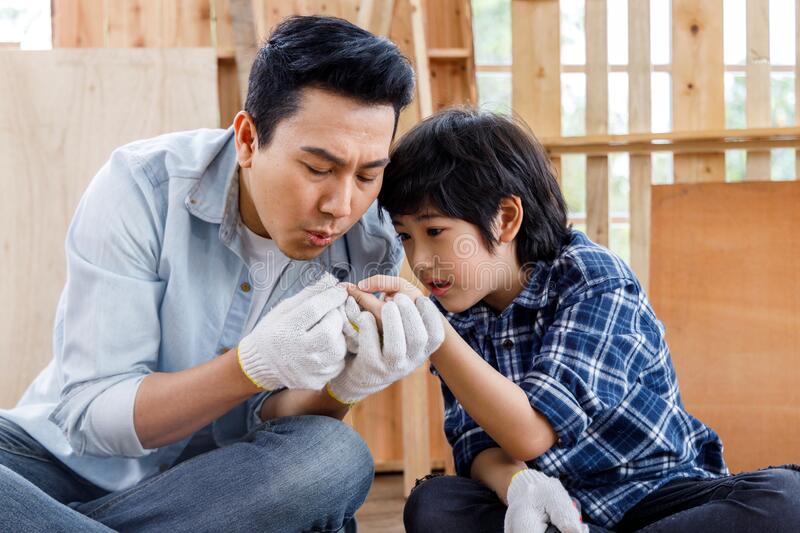Splinter is usually made from a small piece of wood or sharp metal, shards accidentally penetrate skin or flesh. Although they can be tiny, splinters can be very painful, and risk becoming infected if not removed in time. You can call the health professionals if the splinters are too deep, otherwise there are easy ways to remove a splinter under the skin.
1. Wash and Dry the area

First, you need to disinfect the area where the splinter is with mild soap and warm water or an antibacterial product like hydroalcoholic gel. Also wash your hands to avoid any risk of infection. In the same way, you must disinfect the equipment you are going to use. Be sure to dry your hands and the affected area well with a towel before removing the splinter.
Read more contents on EVOKING MINDS
2. Use Tweezers or splinter
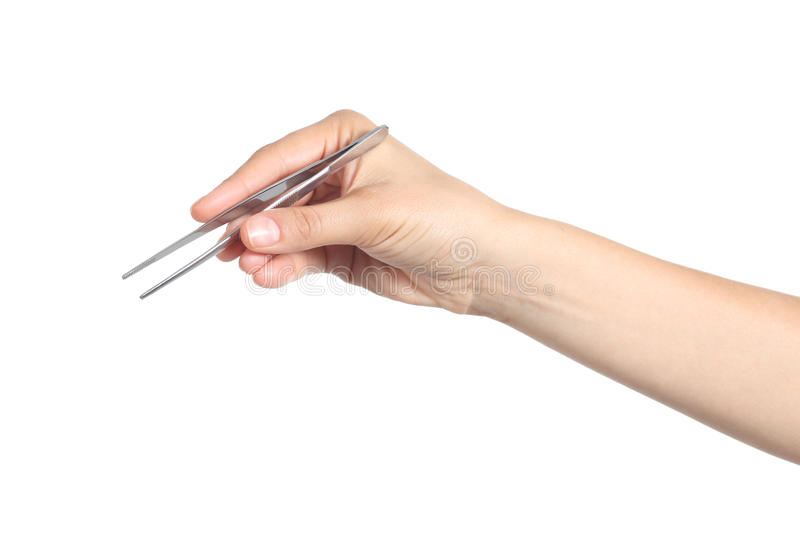
Before using tweezers to remove a splinter, be sure to disinfect the splinter with alcohol or mercurochrome modified alcohol, since it will come into contact with the skin. To be on the safe side, you can use a magnifying glass and splinter forceps , since you may have to lift the skin to be able to extract the splinter. You can also use a table lamp to shed more light on the area to be treated. Once you have pinched the splinter with your splinter pliers , gently pull in the opposite direction of its entry.
See offer: mercurochrome modified alcohol
3. Use Adhesive Tape
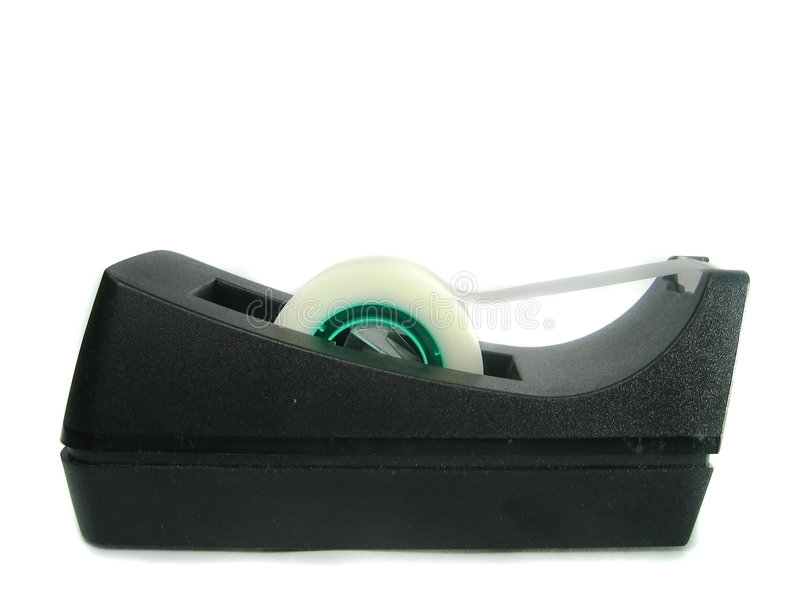
Some splinters, such as small vegetable thorns or glass fibers, can be removed using only adhesive tape or other sticky tape. You just need a small piece of tape that you will stick on the splinter. As with the tweezers, you need to remove the adhesive strip against the direction of the splinter entry. Of course, you will check that the splinter is stuck on the adhesive tape afterwards.
4. Glue / Candle wax / Depilatory wax

If you don’t have adhesive tape, you can also use glue. All you need to do is apply a few drops of depilatory wax to the splinter area, wait for it to dry, and then gently peel off the glue. Make sure the splinter is out, and do not use snap-on glue, which may be difficult to remove afterwards.
5. Vaseline
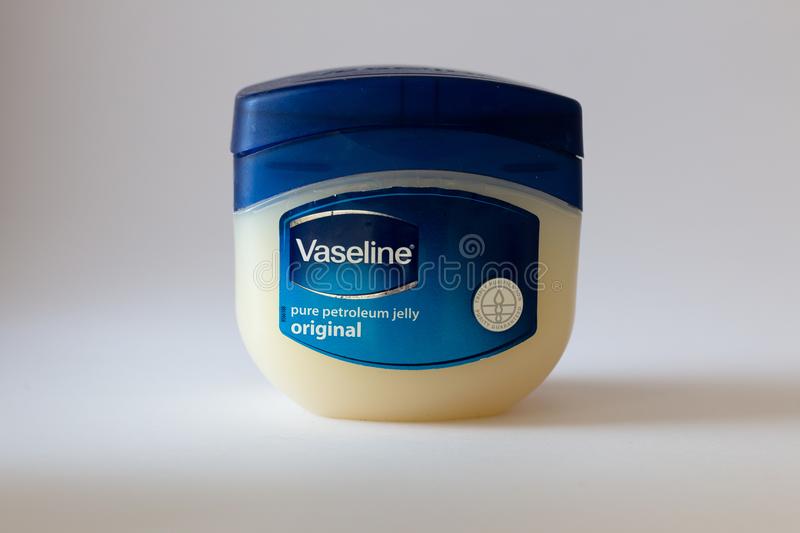
You can also apply petroleum jelly to the affected area, and cover it with an occlusive bandage. Once the splinter is lubricated with petroleum jelly, it will go away on its own. However, the area must be disinfected at the end.
6. Aspi-venom
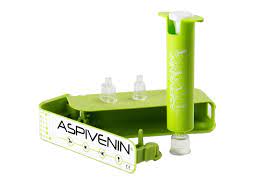
In some cases, Aspi-venom can be very effective to remove a splinter. To do this, you need to apply it to the splinter and pull out the syringe. Of course, you will take care to check that the splinter is no longer in the skin after the operations.
7- Disinfect when the splinter is removed
Once the splinter is removed, disinfect again. Leave the wound in the open, apply a bandage only if the friction is painful. Watch the wound for a few days, as a small piece of the splinter may have remained under the skin.
If there is redness or pain around the wound, swelling or fever, talk to your doctor, this may be a sign of an infection.
8. See a doctor

Check if your tetanus vaccination is up to date. If this is not the case, consult your doctor for a booster within 48 hours, because a small wound in contact with earth or wood is exposed to contamination.
In the case of a large splinter, which is embedded deep in the flesh, it is strongly recommended that you consult a doctor or other healthcare professional promptly. This is usually the case with splinters that cause severe pain, or that involve a nerve or muscle. At the same time, make sure your tetanus shot reminders are up to date.
Read More Contents on EVOKING MINDS
Actions to be taken to remove a splinter
Whichever technique you use, you should make sure that the entire splinter has been removed. In any case, you must disinfect the area well, and monitor it for a few days. Note especially if there is swelling in the affected area, which could be a sign of infection.
Do you always have to remove a splinter?
If the splinter is located in a ligament, tendon, joint or near a delicate area (eye, orifice), it is better to remove it to avoid infection. In other cases, a splinter from a piece of wood can be left in place: it will be “digested” naturally by the body’s defense mechanisms.
Read also: How To Get Water Out Of Your Ear?
